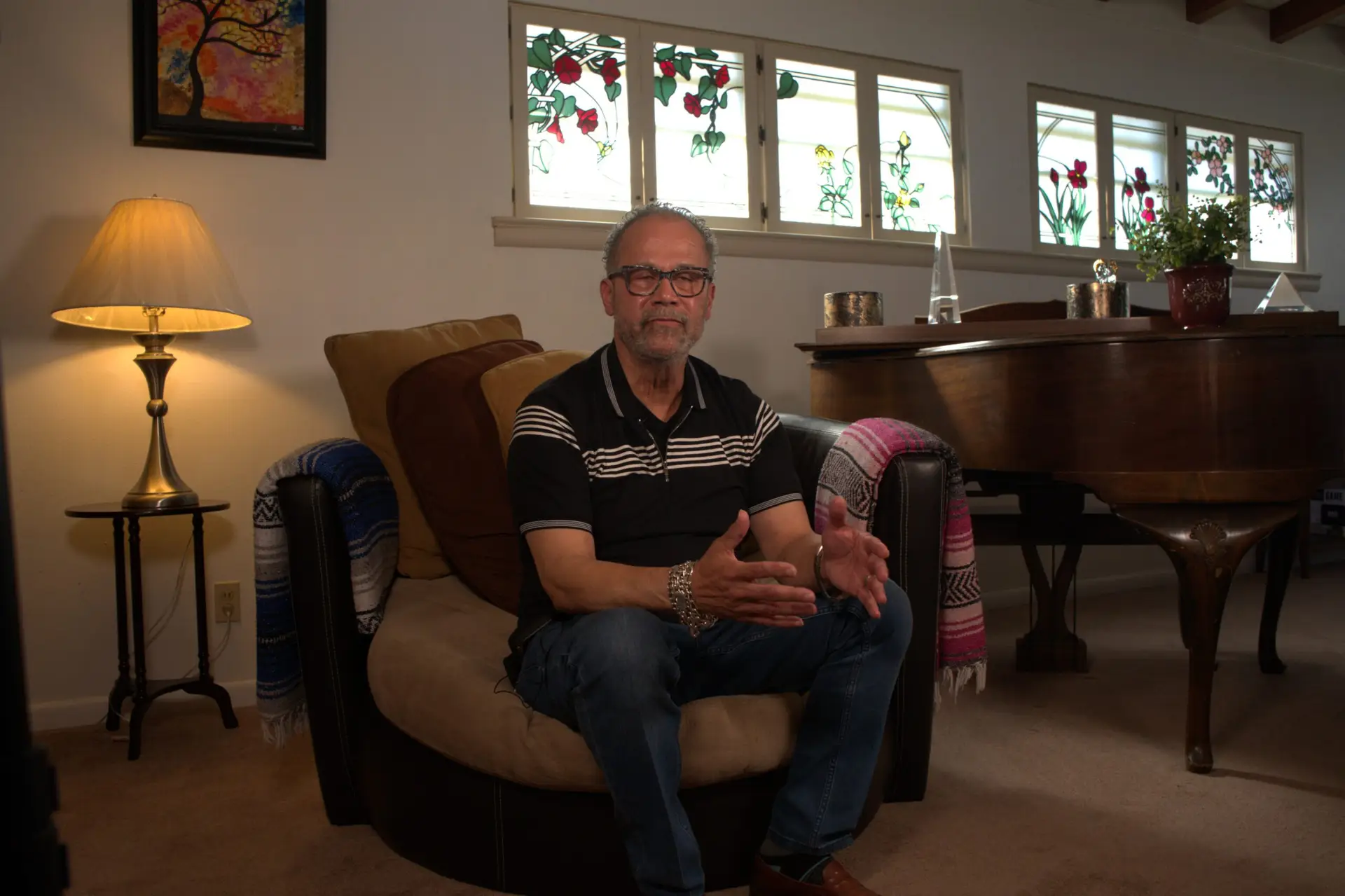
Stuart King on community, segregation, and Austin’s black history
Stuart King is a resident of Rogers Washington Holy Cross, a historic East Austin neighborhood built for and by black professionals after World War Two. In this interview, he describes the sense of community in the neighborhood, what life was like during segregation, and the changes Rogers Washington has faced in recent years.
Interview Highlights
Close community ties
“Our parents didn’t have the whole neighborhood over at the house. Like kids from other neighborhoods – they’d come over and play football against us. Baseball, whatever you have it. But as far as it was, it was a close knit neighborhood, Washington Rogers, where everybody knew everybody.
Of course, the kids were all play with each other. We all grew up together. Some of the kids that we grew up with are no longer here, a lot of them moved away. But some of my closest friends that we grew up with, it’s only one, that stayed next door to Ms. Mims – Brenda Mallik.”
Childhood mischief
“Of course, as kids, we play softball, baseball, and break somebody’s window. That was a thing. We raided people’s pear trees and plum trees, jumping over somebody’s fence. Ms. Tolliver, she had a pear tree, and we’d go and jump over and go grab some pears and run and get out.”
Life during segregation
“My dad just talked about going to the Ritz Theater, which is on Sixth Street, then the state and the Paramount theaters. We had to sit upstairs in the balcony. We couldn’t sit down where the regular people sat, I say regular – well where the white people sat. We’d have to sit in the balcony.
I remember certain restaurants we couldn’t go to, like the Piccadilly. I think it was on the corner of Congress and ninth.
And during segregation we picketed this ice rink that was on Airport, where we couldn’t go. So I have a picture in my phone of all of the Kirk’s, my brother, my sister, where we’re holding signs, picketing the skating rink, which is on airport – now it’s some kind of warehouse.”
East Austin is different today
“So that’s the changes that I seen that’s happened in East Austin is the education that we got was top notch because teachers could use the board of education on you when you did something wrong in class. It was just totally different times than it is now. And those are the changes that are devastating to a community and to a city because they’re not getting a quality education like we got, growing up.”
“I want Rogers Washington Holy Cross to be remembered as a neighborhood that cared about the neighbors, a neighborhood that would speak to their neighbors. Because now we have neighbors that don’t speak. I make them speak.”
